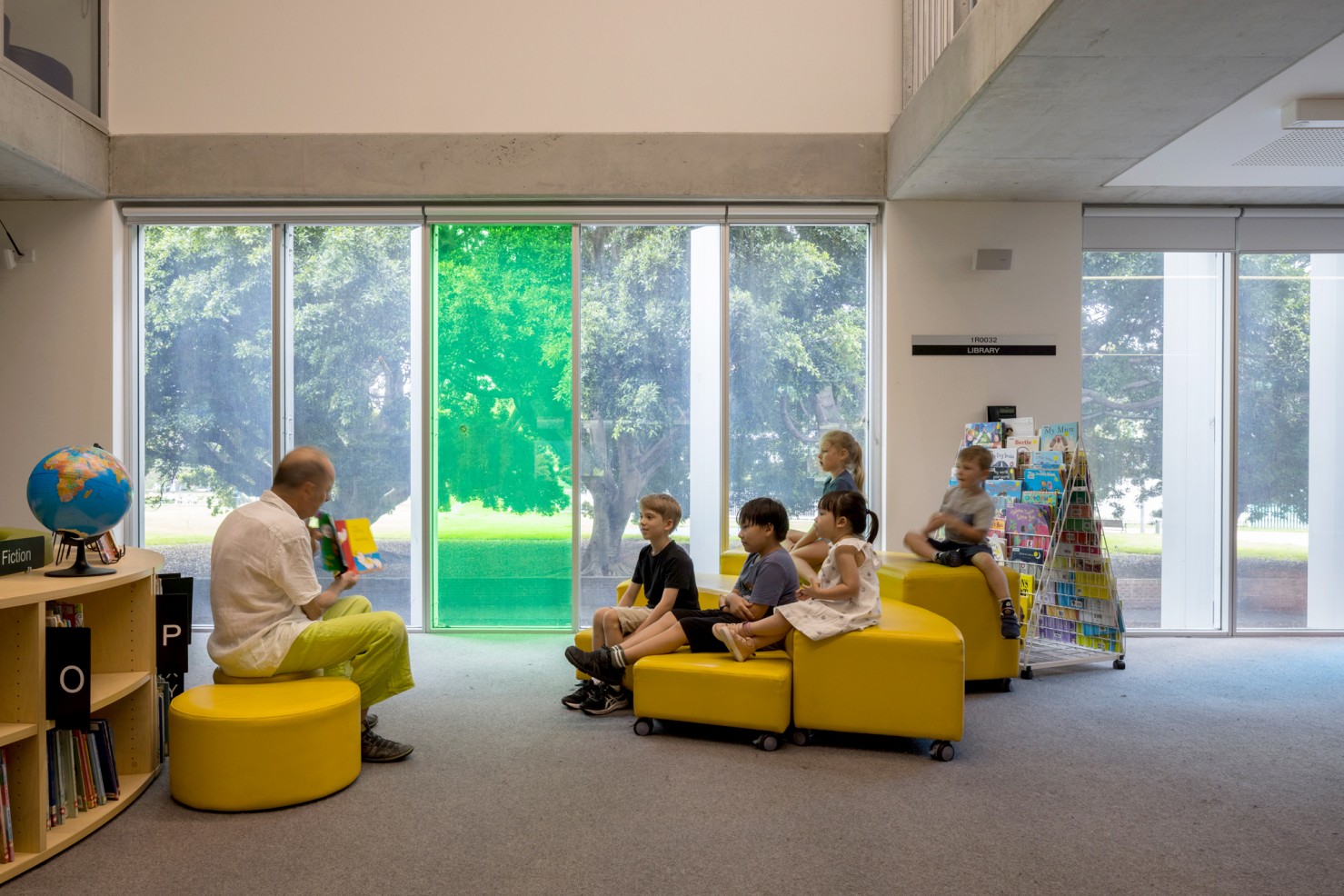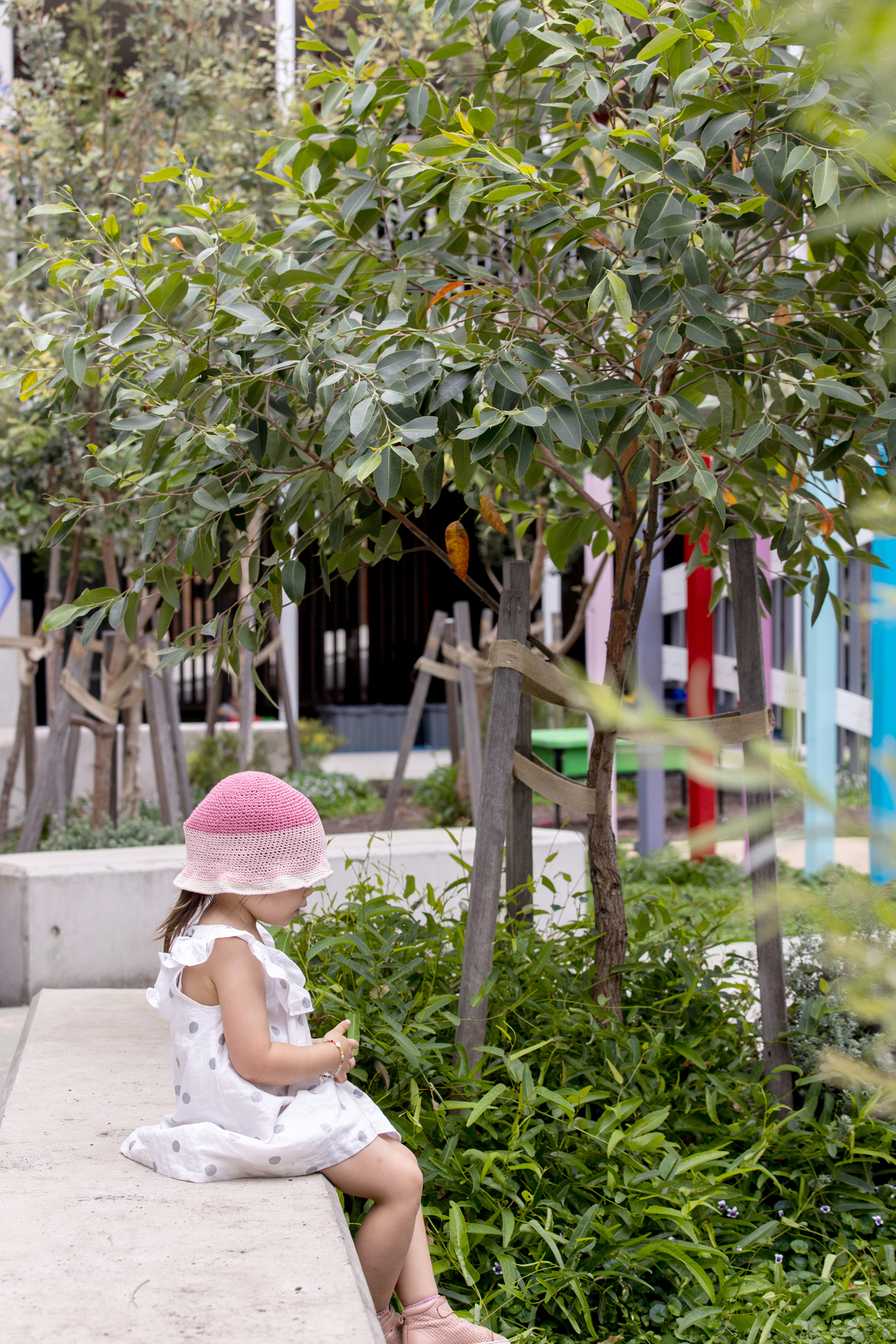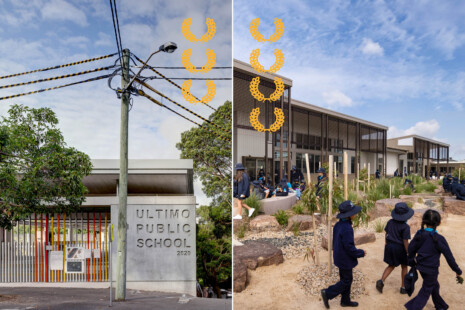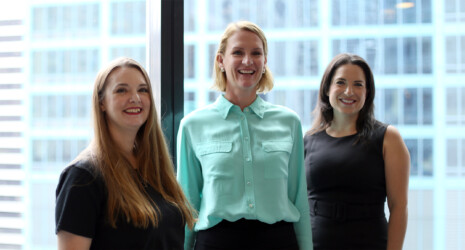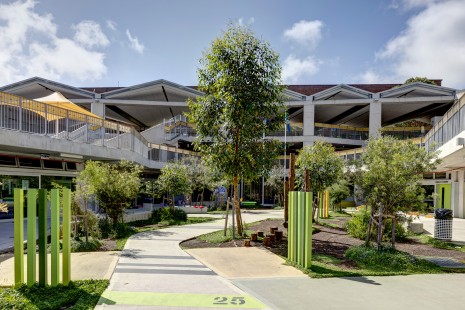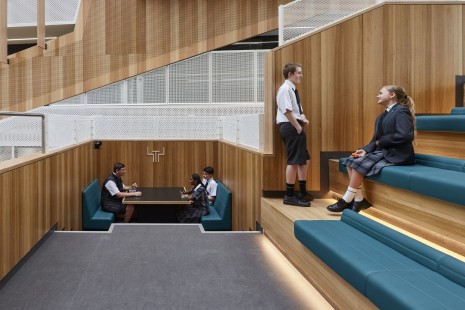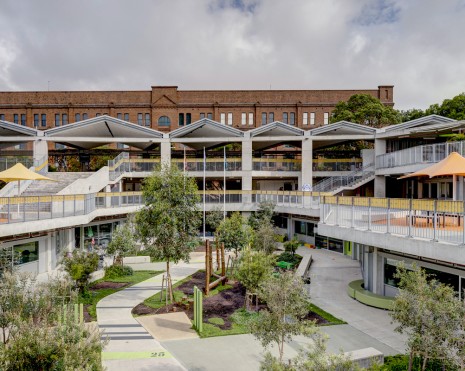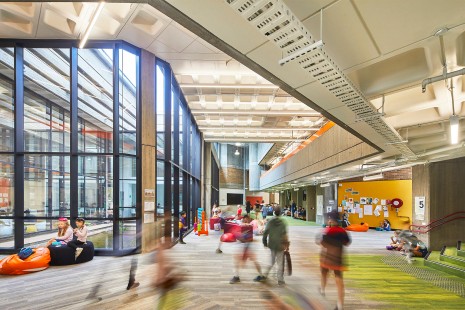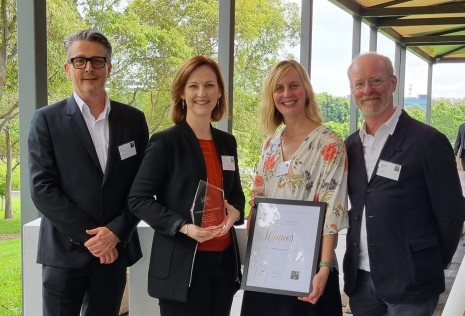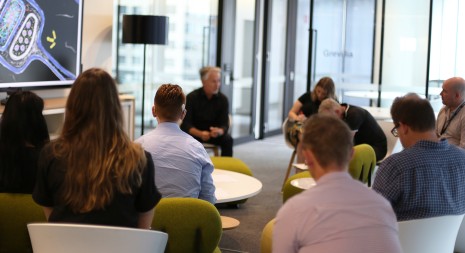Neurodiversity in Educational Environments
As humans, we all process sensory stimulation in our own unique ways. ‘Neurodiversity’ refers to the full range of human thinking with 15-20% of the wider community estimated to be neurodivergent.1
At DesignInc, neurodiversity is a key consideration in the design of our education environments. We aim to create inclusive facilities, using universal design principles to meet the needs of a wide range of users, improving wellbeing for all.
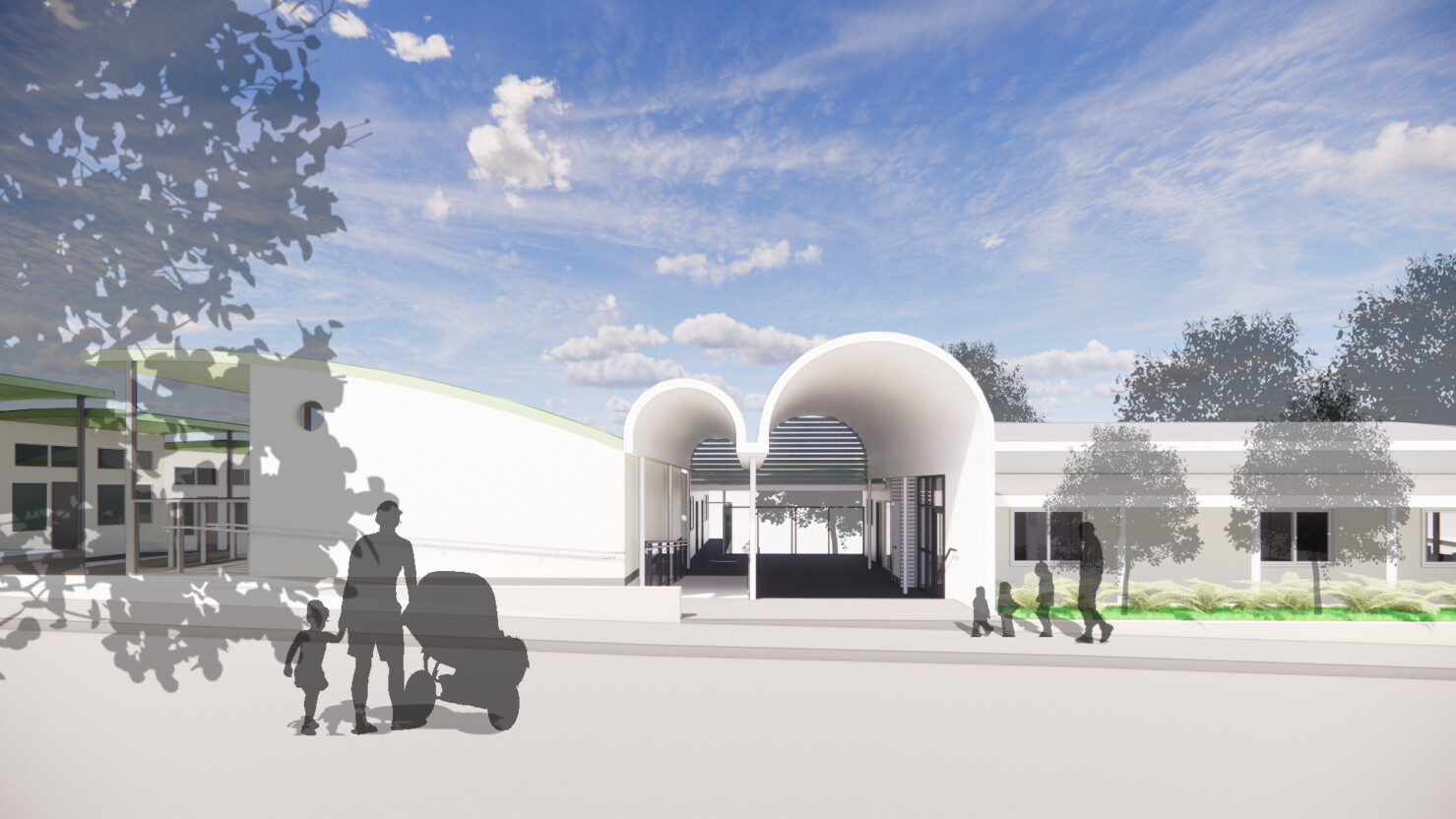
Current thinking suggests that the neurodivergent experience of the world differs from the dominant neurotypical population. It includes the broad spectrum of autism, attention deficit hyperactivity disorder, dyslexia, dyspraxia, dyscalculia, dysgraphia, and Tourette’s syndrome, among others.2 As the social stigma around neurodivergence has diminshed over the last few years, diagnoses have increased.
Affecting people of ages and genders, neurodivergence can manifest in special abilities, alternative thinking processes, differing behaviours, may involve either hyper-sensitivity (too much information) or hypo-sensitivity (under-stimulation), or a combination of multiple facets which can vary dramatically between individuals. This magnifies the importance of great spatial design to flexibly respond to the sensory stimuli of everyone to create a comfortable, inclusive environment for all.
Equity in Educational Environments
Research undertaken by the Harvard Graduate School of Education highlights the long-and short-term benefits of inclusive education for both disabled students and the whole school community.3
Beyond equality, educational establishments should seek to provide equity for students. Whilst ‘equality’ is the provision of the sameness for everyone, ‘equity’ seeks to individualise support to remove any barriers preventing access to education.4 Provision of equity may range from the design of the building to the provision of educational resources.
…schools should accommodate all children regardless of their physical, intellectual, social, emotional, linguistic or other conditions
The Salamanca Statement and Framework for Action on Special Needs Education, (España. Ministerio de Educación y Ciencia, UNESCO, 1994), p6
Designing for Disabilities—Legal Requirements
Within Australia, design requirements associated with accessibility are enforced by Australian Standards AS1428.1 – 2021 and the Building Code of Australia. However, these statutory requirements focus more on designing for physical disabilities, and could be regarded as inadequate considering the broad range of disabilities and differences including severe physical disabilities, sensory impairments (deaf, blind, etc.), intellectual disabilities and neurodivergence. We believe in a more universal design approach to the built environment to provide dignified, equal, and intuitive access for all occupants.
At DesignInc, our experience designing schools for students with disabilities tells us there is a significant gap in the Australian regulations relating to designing for the broad range of neurodiversity. Our education team is keen to consider the UK standard PAS 6463:2022, Design for the mind – Neurodiversity and the built environment 6 within the design of Australian educational facilities, particularly where accommodations are cost neutral and benefits to the student population are significant.
At DesignInc, our experience designing schools for students with disabilities tells us there is a significant gap in the Australian regulations relating to designing for the broad range of neurodiversity.
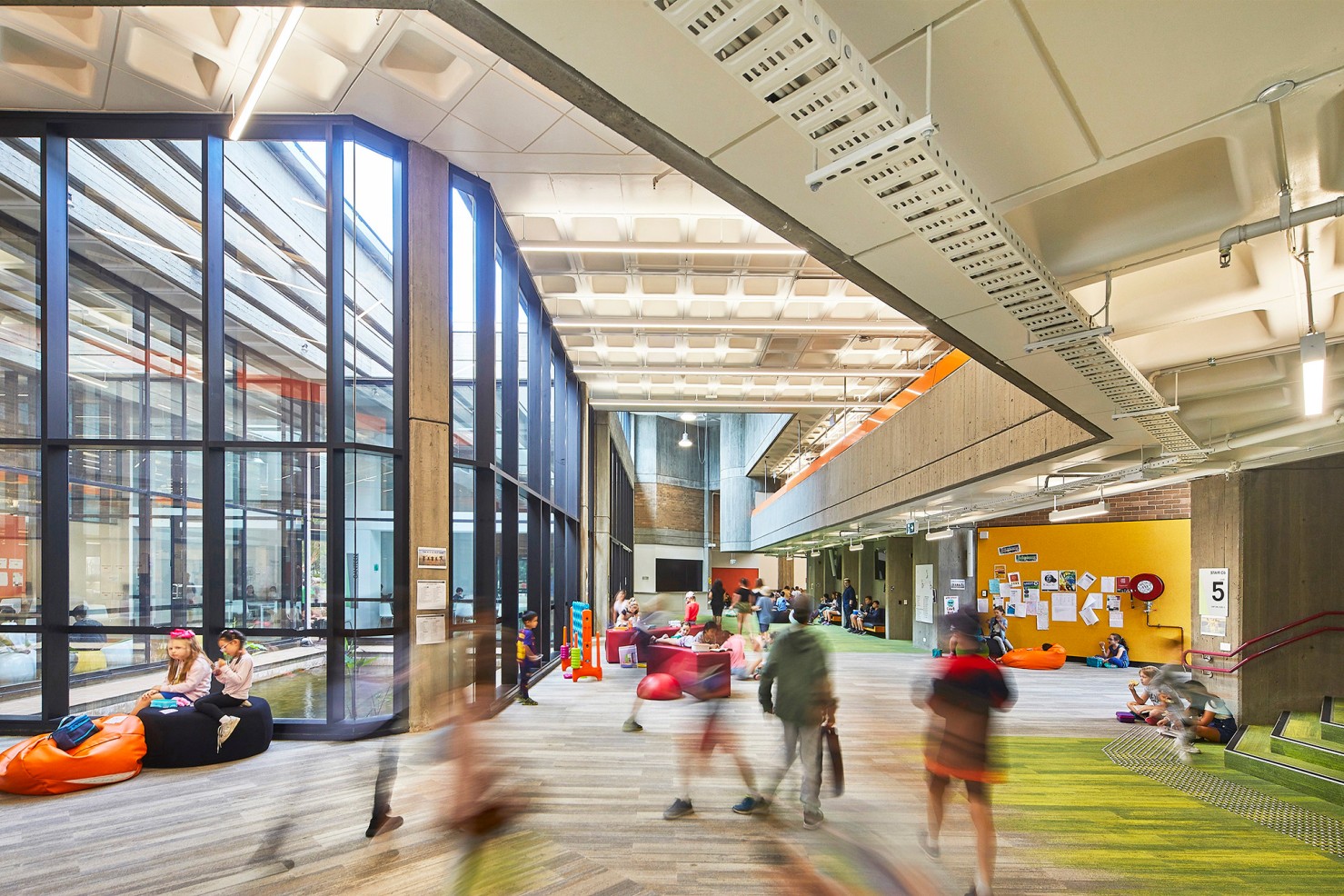
Universal Design
Universal design is a challenge for teachers and architects alike. Creating learning environments that meet the needs of students with wide ranging abilities requires in depth interrogation of the multi-faceted—and sometimes conflicting—requirements of all students, especially those who require learning support. Universal design spans the design of the physical environment, learning settings and pedagogy.
Many teachers throughout Australia understand Universal Design for Learning (UDL) as a child-centred pedagogical framework, enabling inclusion of students of all abilities by breaking down barriers to the learning process.7 As students requiring learning support are increasingly being taught in mainstream environments alongside their peers, many teachers are now well versed in adjusting their teaching methodologies to meet the needs of individual learners.
The design of Australian educational facilities seeks to improve learning outcomes for every student. DesignInc has extensive experience designing education facilities that integrate universal design principals from early learning through to to tertiary level.
As the architect for Aspect Schools for autistic students and the Yawarra Community School in Dubbo for students with intellectual disabilities (often coupled with neurodivergent diagnoses), we have considerable experience in designing educational environments that are welcoming and inclusive for students who are neurodivergent.
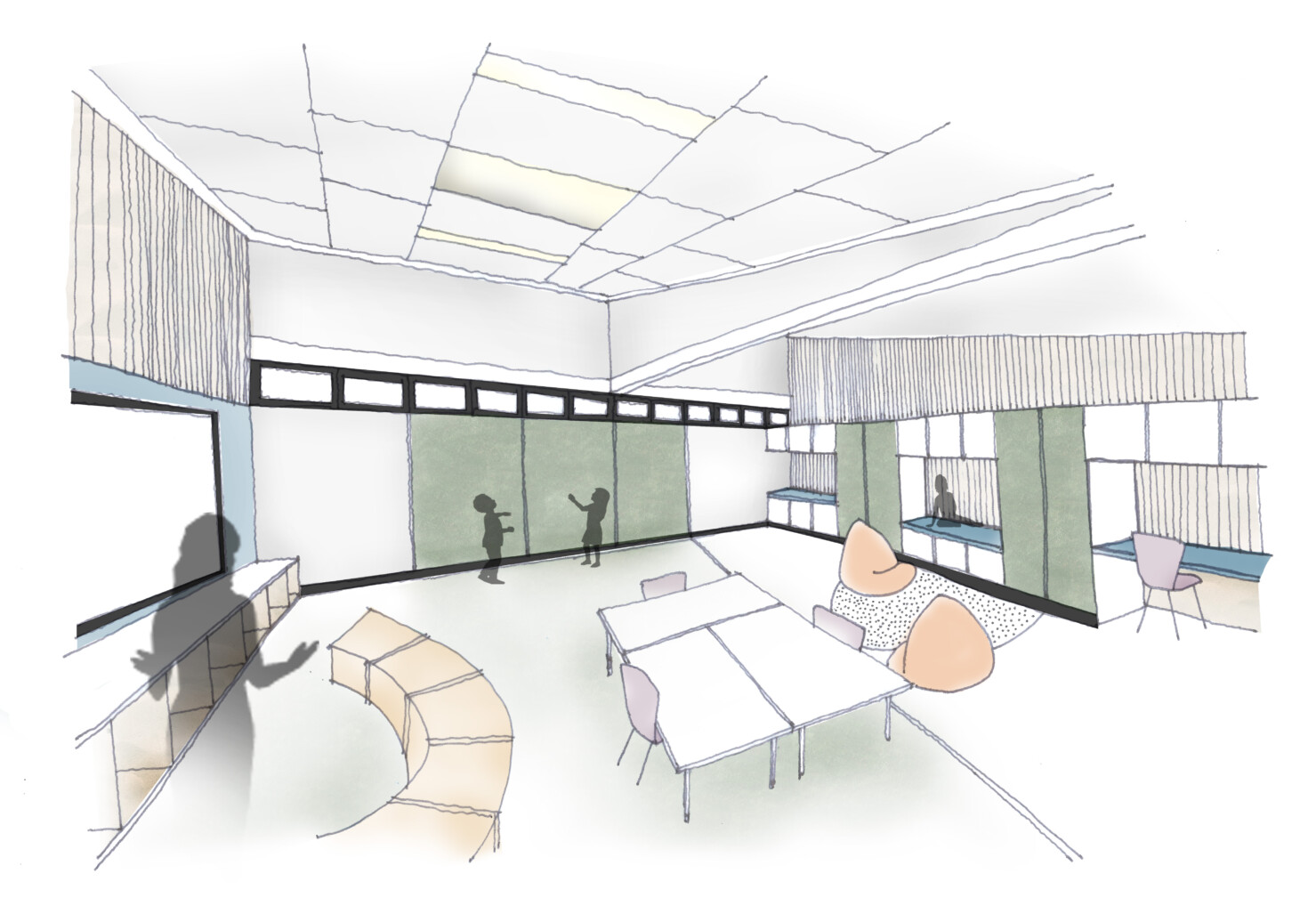
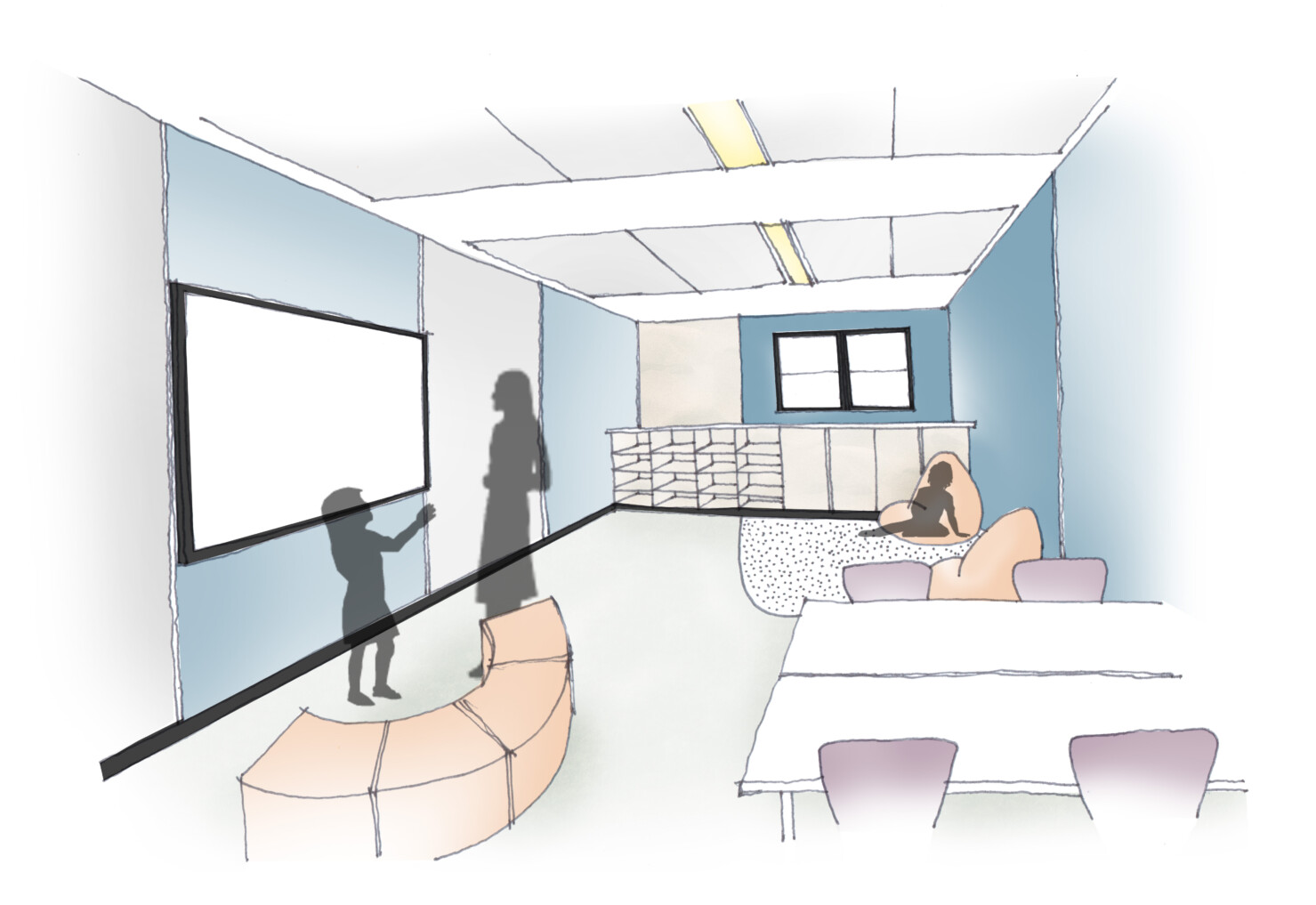
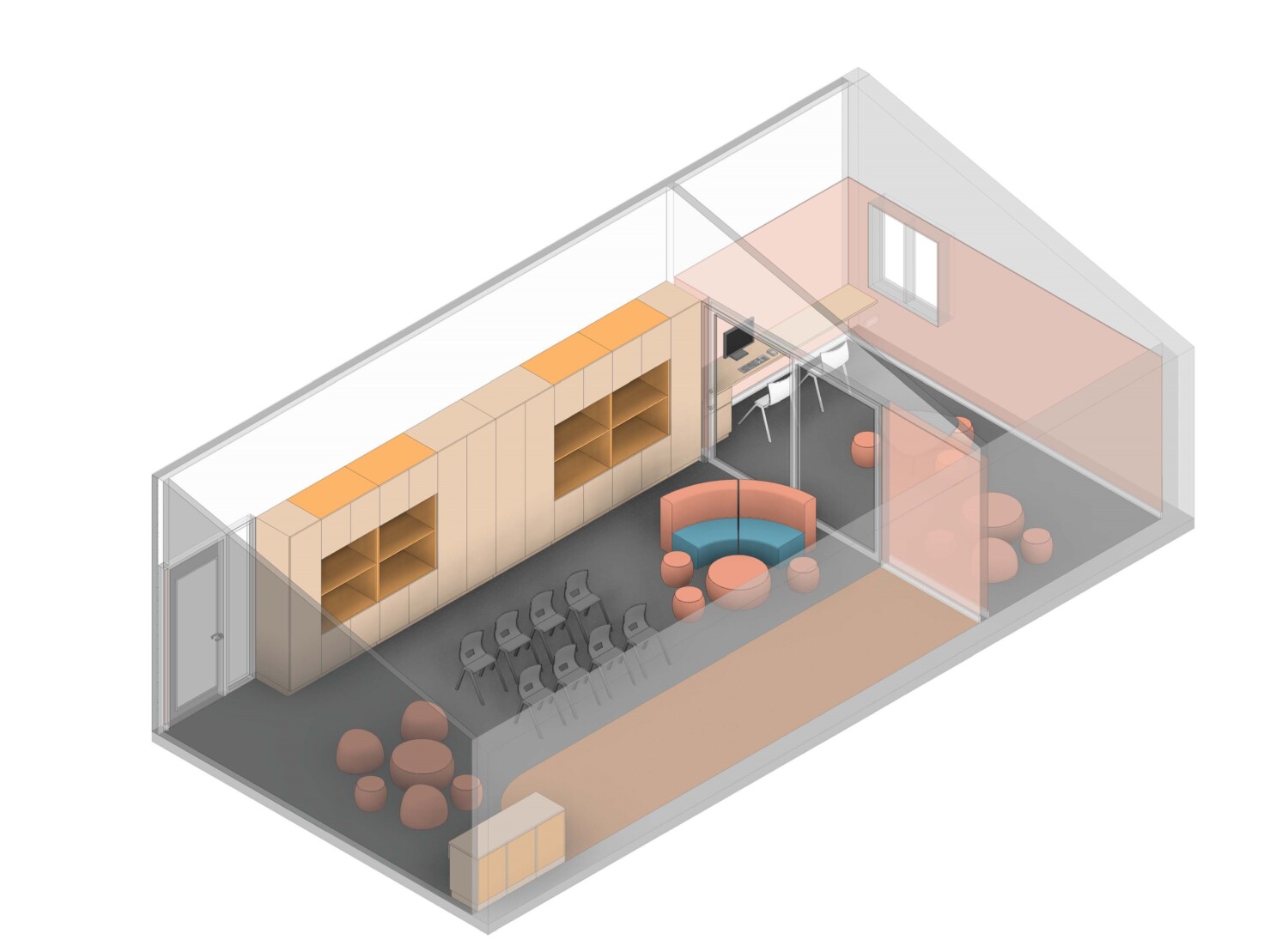
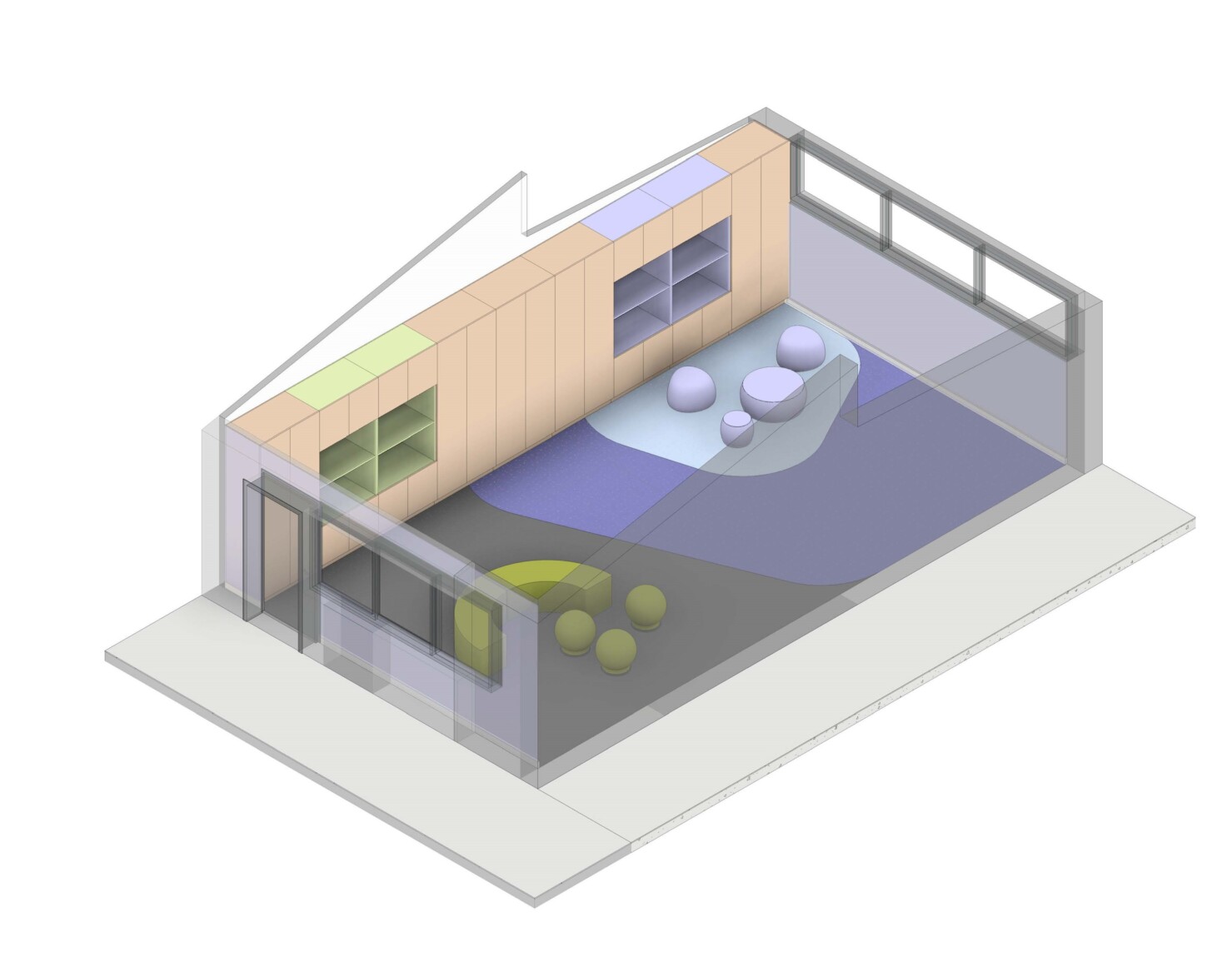
A broad-brush review of universal design principles applicable to the neurodivergent community include numerous considerations which are of benefit to all building users. These include:
- Clear, consistent wayfinding.8
- Transition points should offer space to ‘pause’ and preview, assisting the sensory changes in temperature, light, and sound, by providing opportunity process information and recalibrate.9
- Varied, flexible spaces and furniture options which consider the preferences of all learners.
- Thermal comfort and the ability to adjust temperature easily.
- The visual experience of the built environment; the sightlines, décor, colour, lighting, glare, shadows, patterns, and clutter all impacts the comfort of building occupants, but for some students visual responses can be magnified.10, 11, 12
- Acoustic design to minimise reverberation, reduce transmission of noise from adjacent spaces, consideration of sudden loud noises (such as alarms) and omittion of repetitive background noise where possible.13
- Time outdoors in a natural environment can have a restorative effect and improve focus.14 Outdoor learning areas must offer accessibility throughout, with a range of spaces from quiet corners for introverted reflection to sports pitches for expending energy.
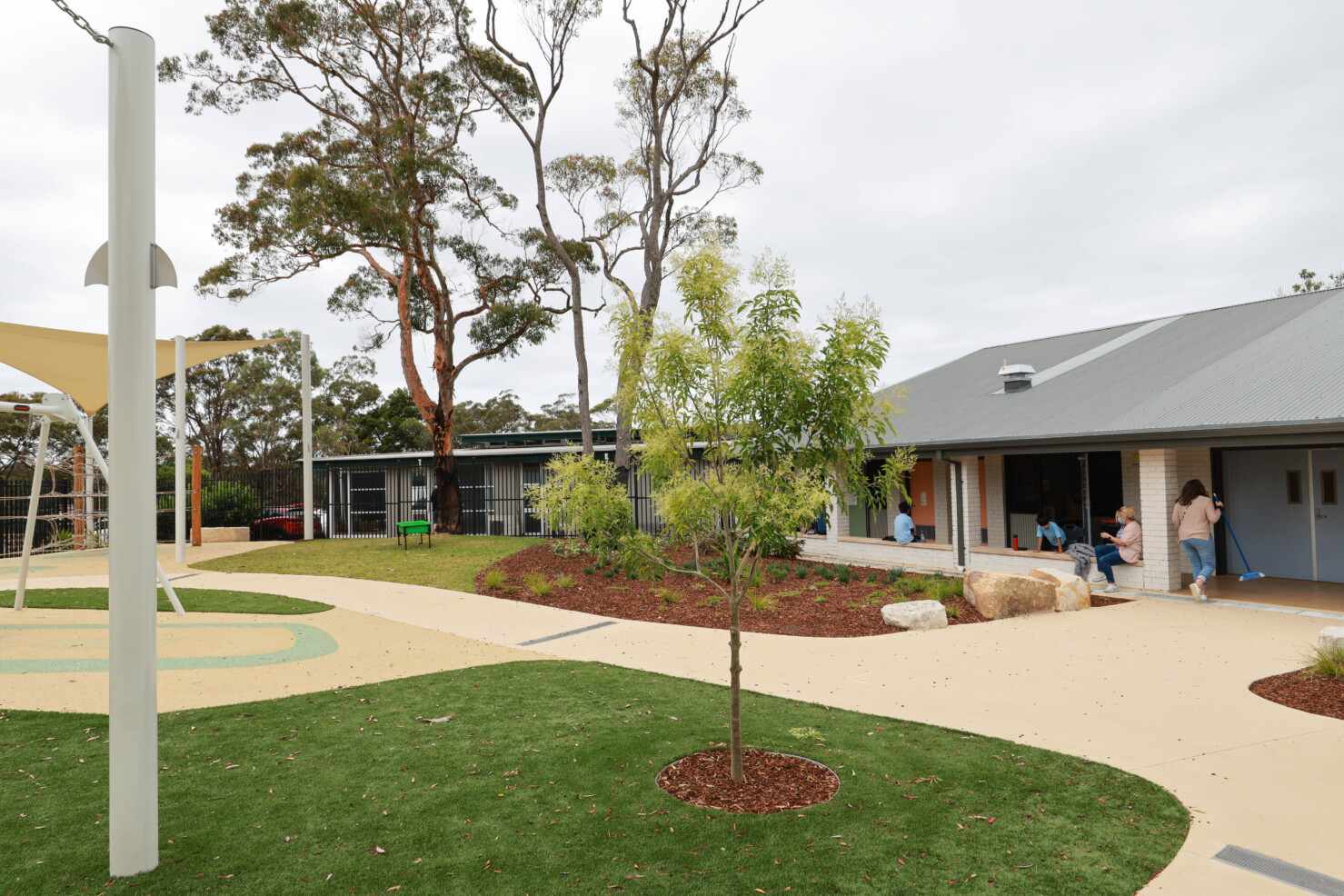
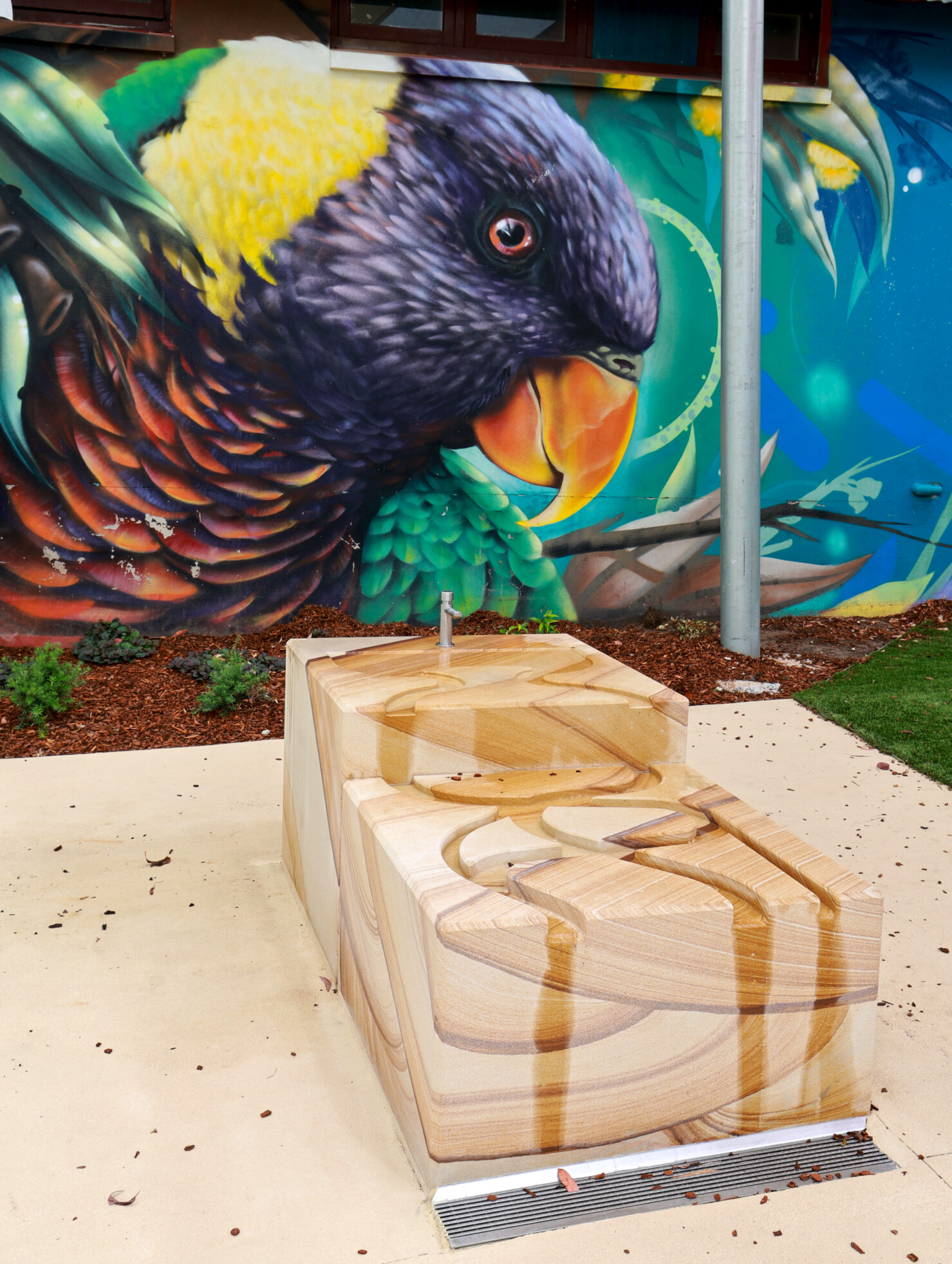
Process
The creation of welcoming, inclusive educational environments requires a strategic design process. Our methodology develops a detailed understanding of the complex physical, sensory, functional, and pedagogical requirements of all students, coupled with understanding the practical and professional requirements of the staff. We listen and respond.
Our approach includes:
- An ongoing commitment to understanding diverse stakeholder and user group perspectives.
- A more in-depth design consultation process during the early stages, including ongoing reviews with strategic members of the user group to ensure key considerations are adequately accommodated.
- Workshops with the user group should ideally comprise a cross section of the education facility community, with various disabilities and neurodivergent typologies and represented.
- Consideration that stakeholders who are neurodivergent and/or disabled may require adaptations to our standard workshop and meeting methodologies to enable full participation.
- Our team at DesignInc includes neurodivergent members, who bring alternative input to our design process.
- Review of overseas design standards to inform the universal design approach and provide benchmarking.
- Visits to similar facilities with key stakeholders.
We aim to recognise the lived experience of a broad cross section of the user group—including those who will benefit most from the design—to help define the problems and resolve the solution. Designing inclusive learning environments where all students can thrive is at the core of our approach.
Author: Rachel Faber, Associate in the Education team, DesignInc Sydney, with input from Jane McGarry, Principal in the Education team, DesignInc Sydney.
References
- Joel Montvelisky, “Neurodiversity As A Strengthening Point For Your Team And Our Society”, Forbes, accessed 14 March 2023, https://www.forbes.com/sites/forbestechcouncil/2021/08/13/neurodiversity-as-a-strengthening-point-for-your-team-and-our-society/?sh=5615a5e128f9
- PAS 6463:2022 Design for the mind – Neurodiversity and the built environment
- Dr. Thomas Hehir, Dr. Todd Grindal, Brian Freeman, Renée Lamoreau, Yolanda Borquaye, Samantha Burke, “A Summary of the Evidence on Inclusive Education”, (Harvard Graduate School of Education, 2016). https://www.researchgate.net/publication/312084483_A_Summary_of_the_Research_Evidence_on_Inclusive_Education
- “What’s the Difference Between Educational Equity and Equality?” School of Education, American University, Washington DC, accessed 15 March 2023, https://soeonline.american.edu/blog/educational-equity-and-equality/
- “The Salamanca Statement and Framework for Action on Special Needs Education”, (España. Ministerio de Educación y Ciencia, UNESCO, 1994), p6
- “Neurodiverse standard address ‘final frontier’ of inclusive design”, (Construction Management, 19 October 2022), https://constructionmanagement.co.uk/neurodiverse-standard-addresses-final-frontier-of-inclusive-design/, access 20/03/2023
- “Universal Design for Learning Planning Tool”, (NSW Government) https://education.nsw.gov.au/teaching-and-learning/learning-from-home/teaching-at-home/teaching-and-learning-resources/universal-design-for-learning, accessed 20/03/2023
- PAS 6463:2022 Design for the mind – Neurodiversity and the built environment
- Joan Scott Love, “How autism-friendly architecture can change autistic children’s lives” (The Conversation, 31 July 2019) https://theconversation.com/how-autism-friendly-architecture-can-change-autistic-childrens-lives-120516
- Ravi Mehta, Rui Juliet Zhu, “Blue or red? Exploring the effect of color on cognitive task performances”, (Science: Feb 27 2009); Vol 323, issue 5918: p1226-1229. https://www.science.org/doi/10.1126/science.1169144
- Marine Grandgeorge, Nobuo Masataka, “Atypical Color Preference in Children with Autism Spectrum Disorder”, (Frontiers in Psychology, 23 December 2016), https://www.frontiersin.org/articles/10.3389/fpsyg.2016.01976/full
- Komal Kotwal, Micki Washington, “2022 Workplace Trends: Sensory Intelligence”, (Work Design Magazine, December 16, 2021). https://www.workdesign.com/2021/12/2022-workplace-trends-sensory-intelligence/
- PAS 6463:2022 Design for the mind – Neurodiversity and the built environment
- PAS 6463:2022 Design for the mind – Neurodiversity and the built environment
